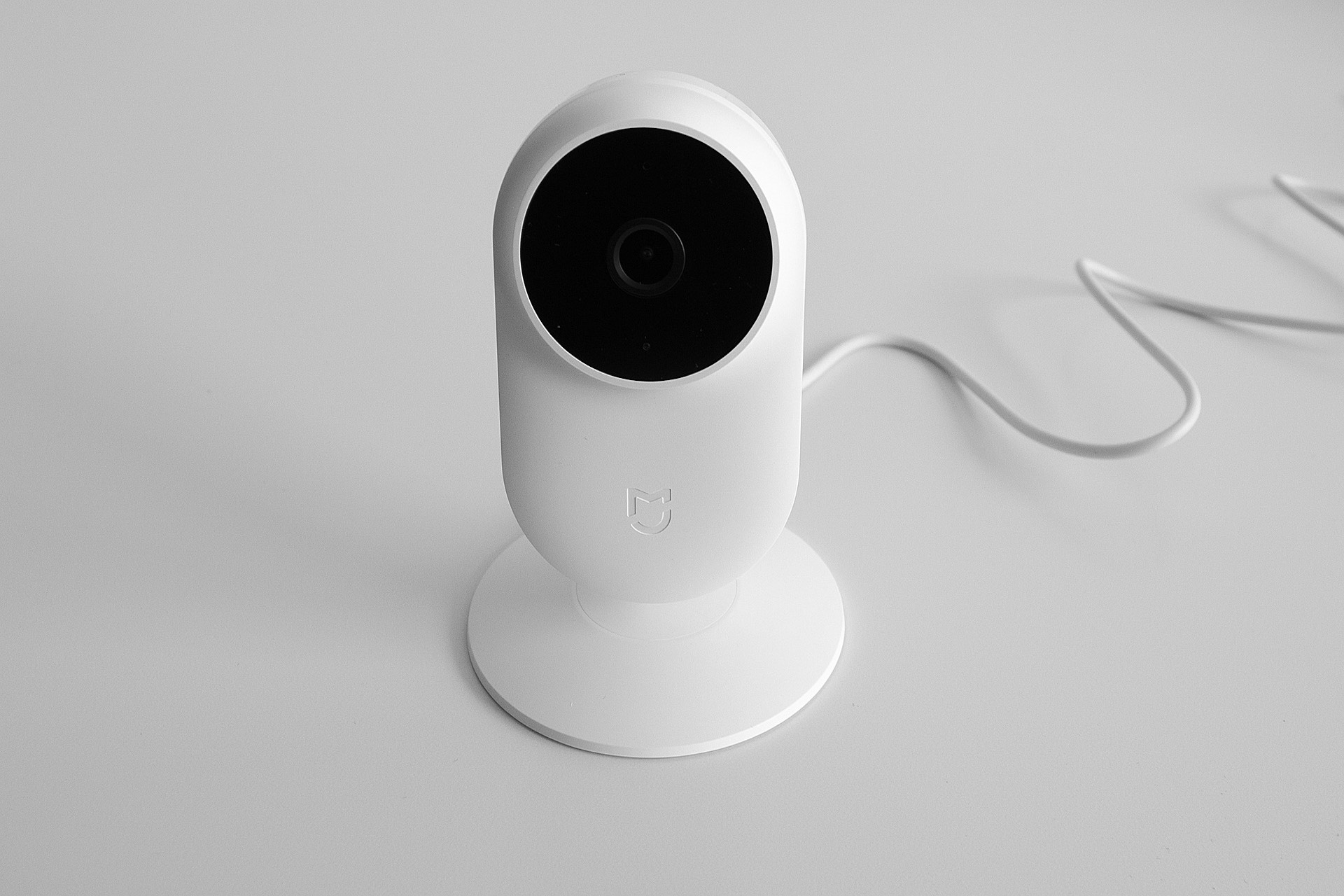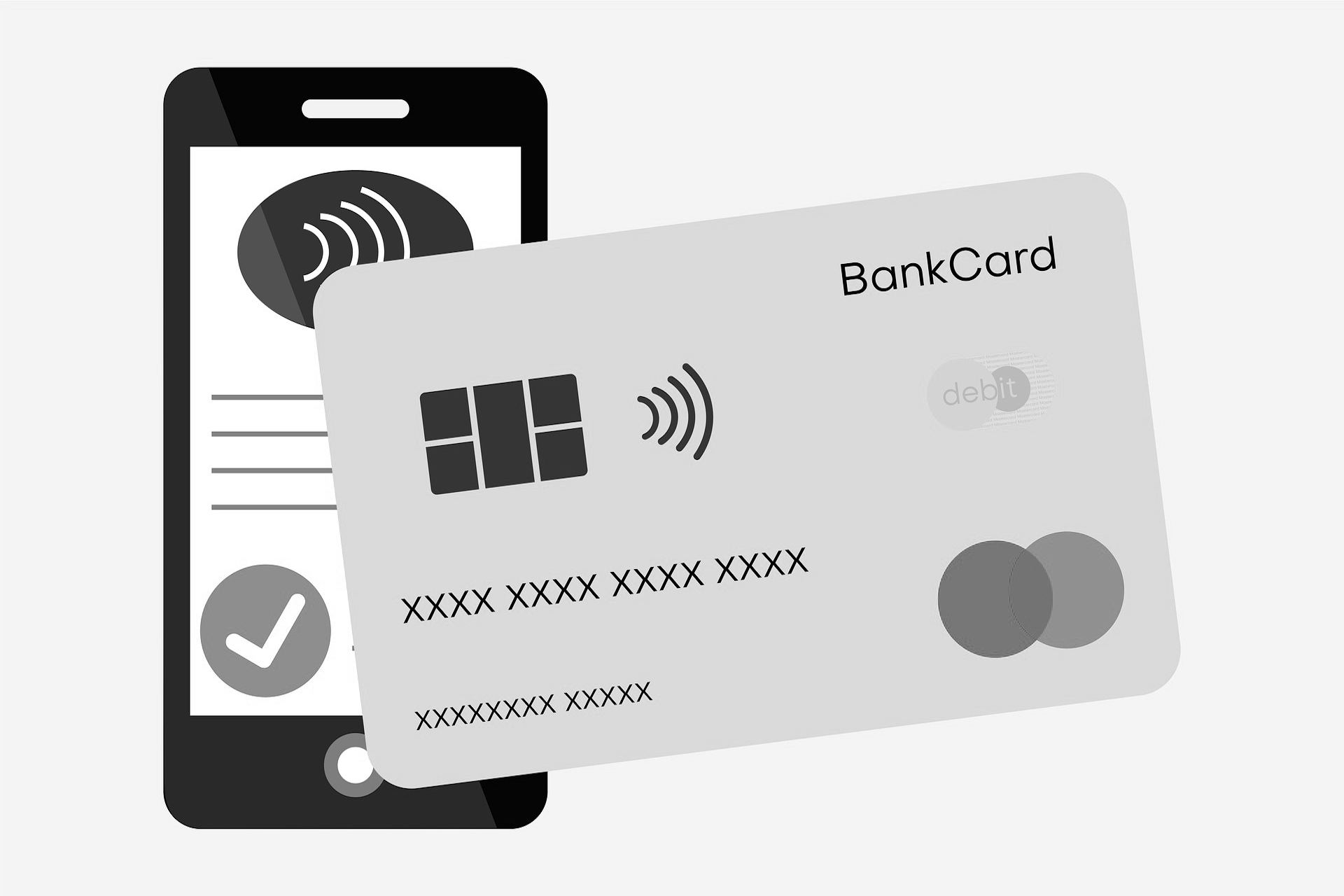
- Details
- Hits: 738
In an age dominated by technology, the importance of safeguarding our digital assets cannot be overstated. The increasing reliance on digital systems and the interconnectedness of the online world expose individuals and organizations to a plethora of cyber threats. Cyber-attacks can range from simple phishing attempts to sophisticated ransomware attacks, all of which can have devastating consequences. Therefore, understanding the basics of cyber threat prevention is essential to protect yourself and your organization from potential harm.
Read more: Cyber Threat Prevention 101: Safeguarding Your Digital Fortress

- Details
- Hits: 674
In an increasingly interconnected digital world, ensuring our online privacy and security is paramount. One of the essential tools for achieving this is a Virtual Private Network (VPN). A VPN acts as a shield, providing a secure pathway for your data to travel through the vast landscape of the internet.
Read more: Understanding VPN: Enhancing Online Privacy and Security

- Details
- Hits: 701
In today's digital age, the internet has become an integral part of our daily lives, enabling us to connect, learn, and transact effortlessly. However, this vast online realm also poses numerous threats to our privacy, data security, and overall digital well-being. To navigate the internet securely, it's crucial to follow best practices and adopt a proactive approach towards online safety.
Read more: Secure Surfing on the Internet: Safeguarding Your Digital Journey

- Details
- Hits: 932
The onset of the COVID-19 pandemic instigated a significant transformation in the American work environment, necessitating over 25% of the workforce to shift from conventional office settings to remote work arrangements within their residences. This transition was accompanied by a notable increase in the utilization of smart or "Internet of Things (IoT)" devices, with 70% of households in the United States already owning a minimum of one such device. Regrettably, this swift integration of IoT technology also led to a steep escalation in cyberattacks, manifesting in a staggering 1.5 billion reported breaches during the initial half of 2021.
Read more: The Growing Threat of IoT-Based Cyberattacks: Protecting the Connected Home and Workplace

- Details
- Hits: 920
The COVID-19 pandemic forced a rapid shift towards remote work and transformed the way we conduct daily business. One significant consequence of this shift was the uptick in mobile device usage, as both employees and individuals embraced these devices as essential tools for communication and productivity. Simultaneously, health experts encouraged the widespread adoption of mobile wallets and touchless payment technology to reduce the risk of germ transmission. However, with this surge in mobile device usage came a corresponding increase in mobile device vulnerabilities, exposing both individuals and organizations to heightened cybersecurity risks.
Read more: The COVID-19 Pandemic's Impact on Mobile Device Security

- Details
- Hits: 687
Data management has evolved from a mere tidying up of storage and organization systems to a strategic imperative that can impact an organization's efficiency, security, and success. In an age where data creation is growing exponentially, the significance of curating the right data while minimizing surplus has never been more apparent. The year 2023 is poised to witness a paradigm shift from the era of "big data" to the era of "right data," where precision and necessity take precedence over sheer volume.
Read more: Navigating Data Management: From Big Data to Right Data in 2023
